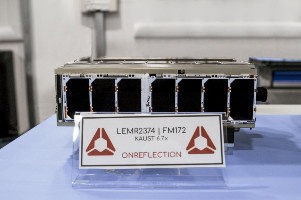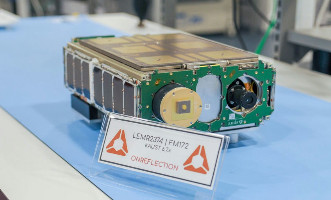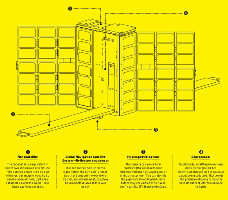| Satellite name | Lemur-2 163 ONREFLECTION (KAUST) |
|---|---|
| Spacecraft type | CubeSat |
| Units or mass | 6U |
| Status | Reentry 2024-10-07. Was operational? |
| Launched | 2023-04-15 |
| NORAD ID | 56182 |
| Deployer | EXOpod 12U/16U [Exolaunch] |
| Launcher | Falcon 9 (Transporter-7) |
| Organization | King Abdullah University of Science and Technology (KAUST) |
| Institution | University |
| Entity | Academic / Education |
| Country | Saudi Arabia |
| Manufacturer | AIVT by Spire |
| Operator | Spire |
| Partners | Spire |
| Oneliner | |
| Description |
Simera Sense combines the +30 band HyperScape50 instrument with Unibap‘s (Sweden) SpaceCloud Services to create a payload with powerful artificial intelligence (AI) capabilities. This combination of onboard processing and a hyperspectral sensor provides KAUST with the capacity for enhanced monitoring of the Earth system via a never before seen smallsat configuration. The nanosatellite will carry a high-performance hyperspectral sensor with the capability to observe areas of interest anywhere in the world across more than 30 user-configurable spectral bands in the visible to near-infrared (VNIR) spectrum. Apart from delivering hyperspectral insights, the data generated by this sensor can also be combined with Spire’s GNSS receiver to monitor critical variables such as the presence of moisture in the soil. King Abdullah University of Science and Technology (KAUST) and Spire Global (Spire), a leading provider of space-based data, analytics and space services, announced their plans to pursue a collaborative nanosatellite mission with the launch of KAUST CubeSat. |
| Sources | [1] [2] [3] [4] [5] |
| Photo sources | [1] [2] [3] [4] [5] [6] [7] [8] |
| COTS subsystems |
|
| Subsystems sources | [1] |
| On the same launch |
|
Last modified: 2024-12-21



